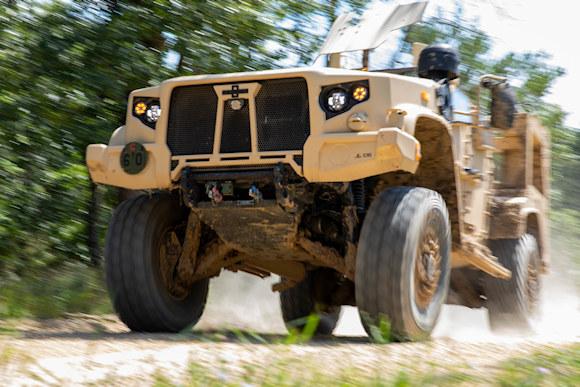The famous tactical off-road vehicle High Mobility Multipurpose Wheeled Vehicle, better known as HUMMER H1 or Humvee, is now on the verge of retirement. A valid technological project that actually belongs to the 70s even if it entered the marine corps endowment starting from 1984 and subsequently used in its first large-scale operations in 1991 as part of the operation Desert Storm (The Hummer H1 had its first deployment during the operation Just Cause in Panama in 1989 to remove General Manuel Noriega from power).
To replace it with some controversy is a Light Tactical Vehicle, known as JLTV (Joint Light Tactical Vehicle), manufactured by Oshkosh Defense in Wisconsin, USA.
H1 excellent service
A performance multi-role tactical vehicle that positions its specialized platform a step further than its Ford M151 ancestor mother (Military Utility Tactical Truck) then absorbed by AMC American Motors, the Jeep.
Hummer it is rich in numerous conformations including the armored one, a novelty for a vehicle multipurpose of department. The V8 engines start from 5.7 cm3 reaching 6.6 cm3 both naturally aspirated and turbo diesel, with powers from 200 to 300 HP based on the type and year of production.
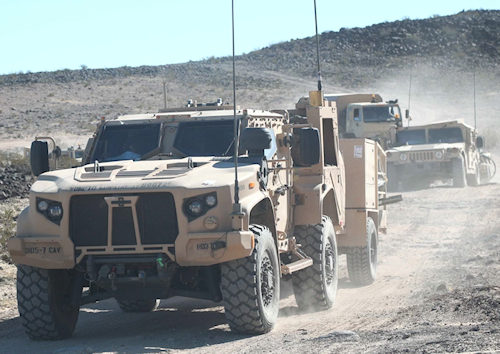 The choice of diesel, as we learn from some indiscretions, seems to have been identified not only for the generous torque generated, but also to guarantee the functioning of the vehicle in the event of nuclear explosions penalizing the electric part.
The choice of diesel, as we learn from some indiscretions, seems to have been identified not only for the generous torque generated, but also to guarantee the functioning of the vehicle in the event of nuclear explosions penalizing the electric part.
There are three series throughout its history that include different variations. A0 are the series at its debut listed with alphanumeric codes that have remained valid throughout its evolution: M996 - M997 - M998 - M1025 - M1035 - M1036 - M1045 - M1025 - M1044 - M1038 - M1037 - M1042 - M1043 - M1096 - and the M1097 HHV (Heavy Hummer Variant). The updated A1 series (1994) takes its cue from the M1097 variant while the most recent A2 series (years 90/2000) originate from the M998 variant.
However, among many 4x4 enthusiasts, the H1 raises some doubts about its qualities all-terrain compared to traditional off-road vehicles, perhaps due to the enormous consumption, 4 km/litre, or perhaps due to its dimensions: 2 meters wide by five meters long. On the other hand, the GVWR (full load mass, ed) is appreciable, which with the A197 has risen to 2 t, an interesting aspect for a military vehicle.
Andrew Rodgers, program manager Light tactical vehicle, is sure that the Hummer has fulfilled its tasks as scheduled, not hiding that Humvee, with the evolution of the conflicts and the numerous ambushes (Iraq post 2004), have found a more limited field of action to be able to operate safely.
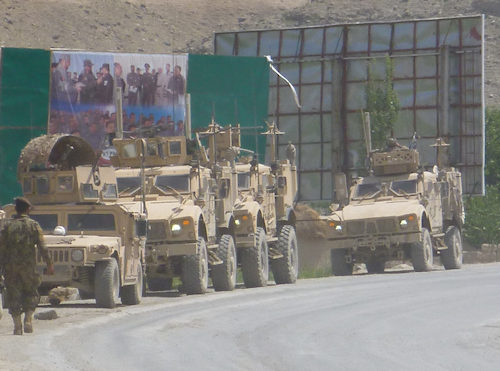 JLTV's genesis is M-ATV
JLTV's genesis is M-ATV
Oshkosh bears the JLTV that will gradually replace all versions of the Hummer H1 at least according to ambitious expectations.
Observing it, it is much larger than its predecessor H1 and, if for theHumvee a distant resemblance to an SUV could be ventured, the JLTV is at least closely related to a very special and curmudgeoned truck.
The Oshkosh Corporation with the program MRAP All Terrain Vehicle (M-ATV - in the photo a shot "stolen" by us in 2012 in Afghanistan) wanted to create a vehicle with the same levels of protection as the previous H1s, increasing agility and mobility but above all increasing the crew protection systems from IED attacks. For his light combat tactical vehicle, the experience of the M-ATV was incorporated into a vehicle with two-thirds the weight and an even higher road speed.
In this regard, let's compare the masses: the H1 stands at a minimum (unprotected version) of 2 and a half tons up to about eight for the protected series equipped with turret, the JLTV instead is just over 10 as it is armored only. One of its novelties is in fact the exclusive of having all its armored conformations with various levels of protection that can be set up in the field according to need. Actually ours too Lynx can have different degrees of protection.
Among the versions made to accommodate a military 4 standard are the M1278 Offensives Heavy Gun Carrier with a turret that can accommodate 5 military-operators, the CCWC Close Combat Weapons Carrier with anti-tank weapons including TOW missiles. Followed by the Utility - JLTV UTL - with two operators, made for technical support and a sanitary version set up as an ambulance.

The set-up, ie the height of the vehicle, is regulated by TAK-4iTM intelligent independent suspension, a detail of no small importance which represents a novelty for vehicles over 5 t. An alternative concept to rigid bridges which makes the journey and the psychophysical state of the passengers more comfortable and safe. The system is made by the Meritor ex Timken Detroit Axle and is able to level the vehicle by acting on the pair of trapezoids of the individual wheels. At the two junction points of the A-shaped trapezoids hinged to the frame (as can be seen from the images of a fire truck) there is a motorized bar which rotates on its axis forcing the rotation of the pin of the upper trapezoid which, affected by the rotation, oscillates dragging the lower trapezius which receives the movement from the springs and suspensions in the excursion.
The transmission full time it adopts an Allison 6-speed automatic transmission while the engine is a 8 hp Duramax V400 turbo-diesel made by General Motors and Isuzu in Moraine in the Ohio headquarters.
The goals
The initial production started in 2015 is linked to the expectation of arriving in 2023 at 5.500 JLTV distributed in the armed forces and as many as 9.091 in 2026. This at least in Andrew Rodgers' programs. In fact, the JLTVs are intended to replace the fleet of high-mobility multi-role vehicles of the Marine Corps where the first 55 vehicles were destined for the support units SOI-West, SOI-East, the Quantico Basic School and Motor Transport Camp Johnson Maintenance Instructional Company.
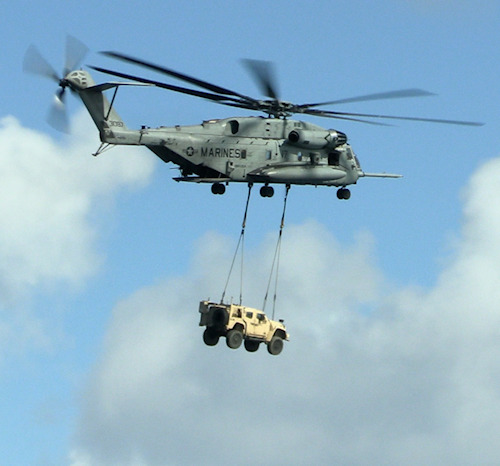
Claims and controversies
As reported by Breaking Defense (March 2023), defense analyst James Hasik presented reliability data on Humvee replacement prototypes developed by industry competitors. Probably decisive data for the choice of the American Army in relying on Oshkosh Corp. and not on the defense giant Lockheed Martin rather than AM General, the manufacturer of Humvee.
The contract to build the first 17.000 models of the Joint Light Tactical Vehicle that will enter service is 6,7 billion dollars.
Michael Gilmore the Pentagon's most authoritative weapons tester, as early as 2016 on Defense News he reported with some pride that the Oshkosh vehicle is not alone it is more reliable than the current UAH - Up Armored HMMWV - armored Humvee, but it is also much more reliable than its competitors; also in terms of failures. In fact, numbers in hand, the reliability in the missions of the Oshkosh vehicles monitored operational failures MMBOMF (average miles between failures in operational missions) approximately every 7.051 miles traveled - just over 11 km - against 2.968 for Humvee, 1.271 of the Lockheed prototypes and the 526 of AM General. Oshkosh's JLTV prototype therefore proved to be three times as reliable as required by the Army and Marine Corps and well over double theHumvee existing.
In the light of these news, however, there is the note from Oshkosh Defense dated March 6, 2023 which reports that it has presented a formal protest to the GAO (Government Accountability Office - investigative section of the United States of America Congress dedicated to auditing and evaluation, ed) of the United States. Tim Bleck, vice president of Oshkosh Corporation and president of Oshkosh Defense said: "Having participated in the government's post-award debriefing process, we have significant concerns about the tender evaluation of the proposals as warranting an independent review."
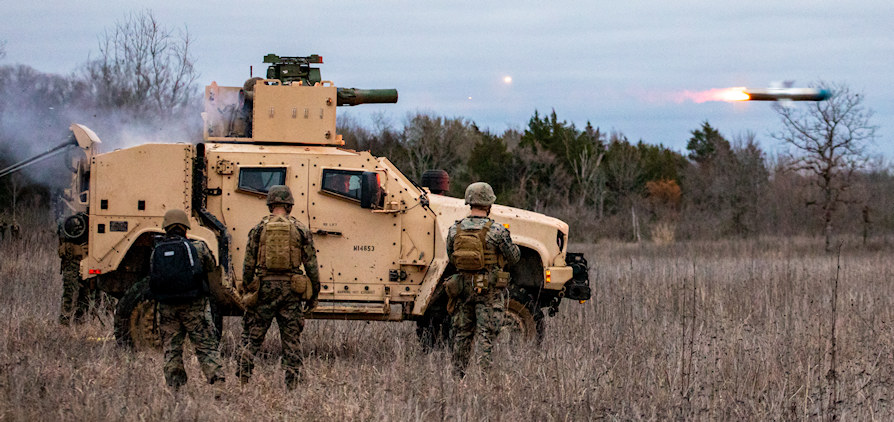
Photo: US Army / US Marine Corps / Defense Online

